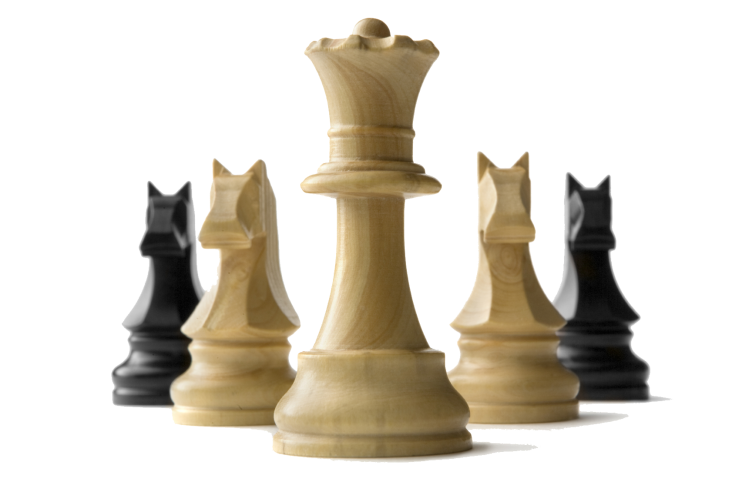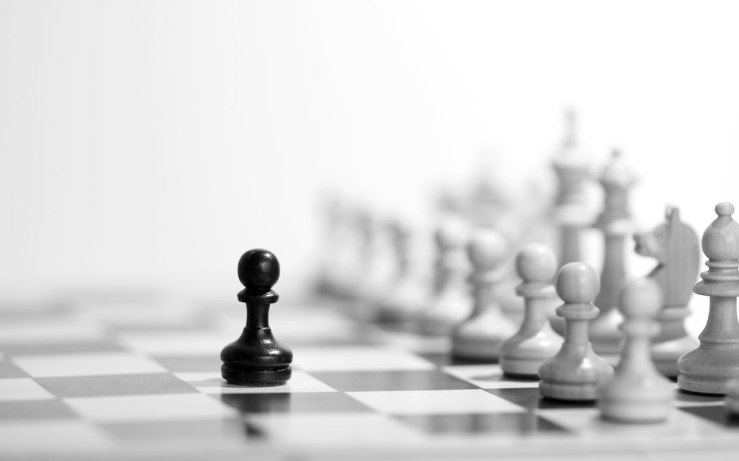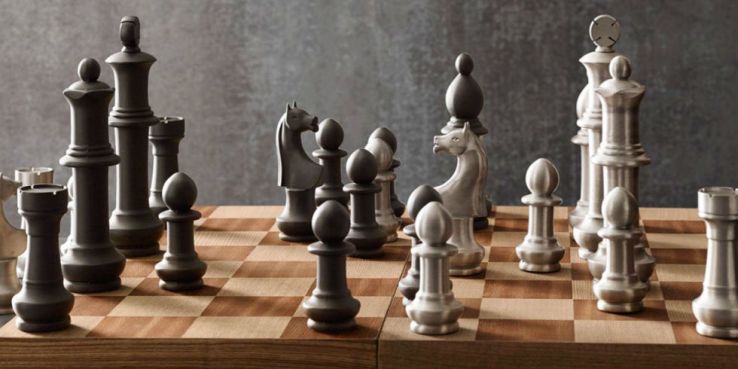If you are among the number of those looking for a beginner chess strategy, then look no further. Compiled here are some of the most important chess strategies concepts discussed by Stanislav Komsky that anyone just learning to play chess should know. Keep in mind that beyond these, there is a series of other things you can do as well. With that in mind, we can proceed into the basics.
One of the best pieces of beginner chess strategy concepts that can be offered is that you need to take your time. All too often, people just make a move quickly to progress in the game. You need to look at the board and understand not only what benefit there is to the move that you are making, but all the repercussions that could occur by making it. On top of that, unless you are psychic, you don’t know what moves your opponent will be making and it is important you adjust your chess strategy to their movements as well.
While you are doing this process, after each turn plan your next few moves in connection to what you would do if your opponent makes a specific move. This entails you playing from both sides of the board in your mind. While it might seem like a very time consuming task, it will help you to have an edge over the player that plays move by move. In fact, this could prove to be an essential beginner chess strategy tip that you take to heart. Just don’t allow yourself to be led into a specific route by your challenger.
Keeping what you know now in mind, we move on to another important piece of chess strategy. Never attack your opponent until the time is right. You need to ensure that during the game play process you only place minor piece in jeopardy. That way you have them later in the game when you need them most. Keep in mind that even though you get an “easy attack” it might be all part of the other players strategy.
Despite popular belief there is another important piece of beginner chess strategy that should be offered. Many advanced players will suggest you sacrifice a knight or even your queen to move ahead in the game. That couldn’t be further from the truth. You will find that both these pieces are essential to game play and at best, you should only sacrifice pawns at times when it is needed for a bigger attack. That way you keep the edge on the game that is being played. Just remember, your challenger will likely understand this point as well.
If you follow these beginner chess strategy tips, you will be able to find more success in the games you play. Keep in mind that as you become more advanced, you will learn pick up different strategy plays that will keep your opponent on their toes, which is one of the best things you can do.
Mr. Stanislav Komsky is an expert consultant for board games especially chess, chess boards, and dungeons and dragons miniatures and a writer writing articles in his spare time, where he’ll help you pick out the perfect chess set and better winning strategies. Stanislav will help you select something special from a huge selection of unique chess sets, chess boards and collectible themed chess pieces and will guide you for the better performance in this game.
To know more, please visit here: http://stanislavkomsky.strikingly.com/



